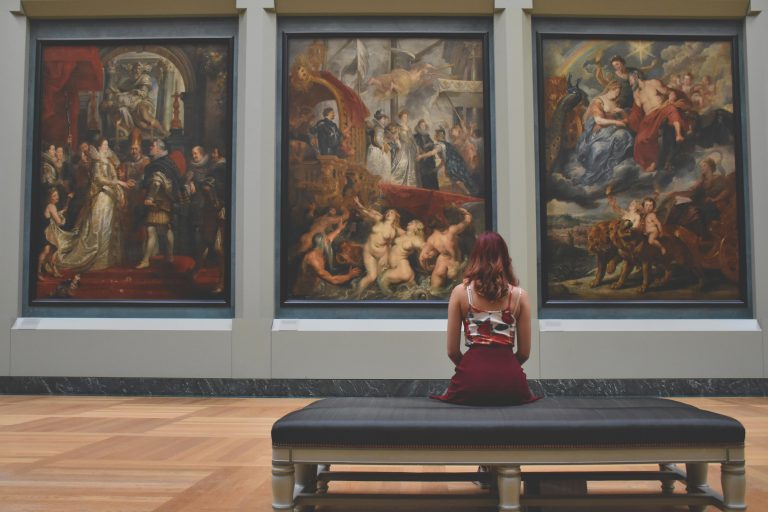
The Rise of Art Reproductions in Latin America
08 April, 2024Latin America’s burgeoning interest in museum-quality art reproductions marks a pivotal moment in its rich cultural landscape. These reproductions, meticulously crafted to emulate the grandeur and detail of original masterpieces, have found a special place in the hearts of art aficionados across the region. This surge in popularity reveals a deep-seated appreciation for art that transcends economic and geographic barriers, offering a window into the soul of Latin American artistry. This article delves into the factors contributing to the rise of art reproductions in Latin America, highlighting how they democratize art consumption and foster a deeper connection with the continent’s artistic legacy.
Accessibility: Bridging Geographical Gaps
One of the primary drivers behind the popularity of art reproductions in Latin America is their role in making art more accessible. The vast and varied geography of the continent, coupled with socioeconomic disparities, has historically restricted access to original artworks, which are often housed in distant museums or countries. Reproductions allow individuals across Latin America to experience the beauty and inspiration of iconic artworks within their own homes or local spaces, effectively bridging the gap between distant art treasures and the regional populace.
Affordability: Democratizing Art Ownership
The affordability of high-quality art reproductions has democratized access to art in a region where economic disparities often limit the ability to own original artworks. By offering a cost-effective alternative, reproductions make it possible for a broader segment of the Latin American population to cultivate personal art collections, fostering a deeper appreciation and understanding of art across diverse social strata.
Cultural Preservation and Pride
Art reproductions play a crucial role in preserving and disseminating Latin America’s rich cultural heritage. Replicas of artworks by celebrated Latin American artists like Frida Kahlo, Diego Rivera, and Tarsila do Amaral serve not only as aesthetic adornments but also as vital tools for cultural preservation and education, enabling individuals to explore and connect with their cultural roots and history.
Supporting Local Artisans
The production of art reproductions in Latin America often involves local artisans and craftsmen, providing them with employment opportunities and a platform to showcase their skills. By purchasing these reproductions, individuals contribute to the local economy and support the continuity of traditional artistic practices, ensuring that the region’s artistic talents are nurtured and recognized on a global scale.
Educational Value
Museum-quality reproductions serve as invaluable educational resources in Latin America, offering insights into artistic techniques, styles, and the historical contexts of the original works. They are increasingly used in academic settings and by art enthusiasts for personal study, helping to foster a knowledgeable and appreciative audience for art in the region.
Aesthetic and Emotional Resonance
For many in Latin America, owning a reproduction of a famous painting is not just about aesthetic appreciation but also about the emotional and personal connections that these artworks inspire. Whether evoking national pride, personal memories, or simply a profound appreciation for beauty, reproductions have the power to touch hearts and stir emotions, making them cherished possessions in homes and offices across the continent.
Online Platforms and Global Reach
The rise of online platforms has made purchasing museum-quality reproductions easier than ever, with sites like https://www.1st-art-gallery.com/ offering a wide array of reproductions from various periods and styles. This ease of access has propelled the popularity of art reproductions in Latin America, allowing art lovers to effortlessly add to their collections and connect with the global art community.
Conclusion
The growing appeal of art reproductions in Latin America is a testament to the region’s deep-rooted love for art and its desire to make art universally accessible and appreciated. By offering a bridge to the past, a source of inspiration for the present, and a means of preserving cultural identity for the future, art reproductions are playing a pivotal role in shaping the landscape of Latin American art, making it an integral part of life across the continent.
Follow Sounds and Colours: Facebook / Twitter / Instagram / Mixcloud / Soundcloud / Bandcamp
Subscribe to the Sounds and Colours Newsletter for regular updates, news and competitions bringing the best of Latin American culture direct to your Inbox.

